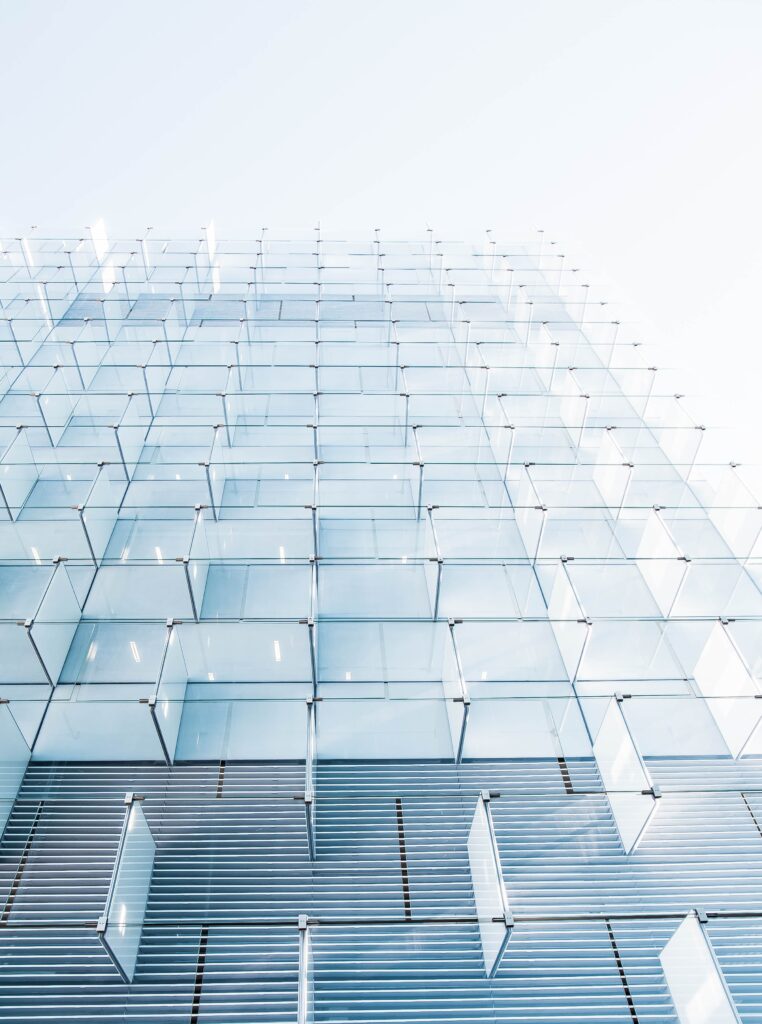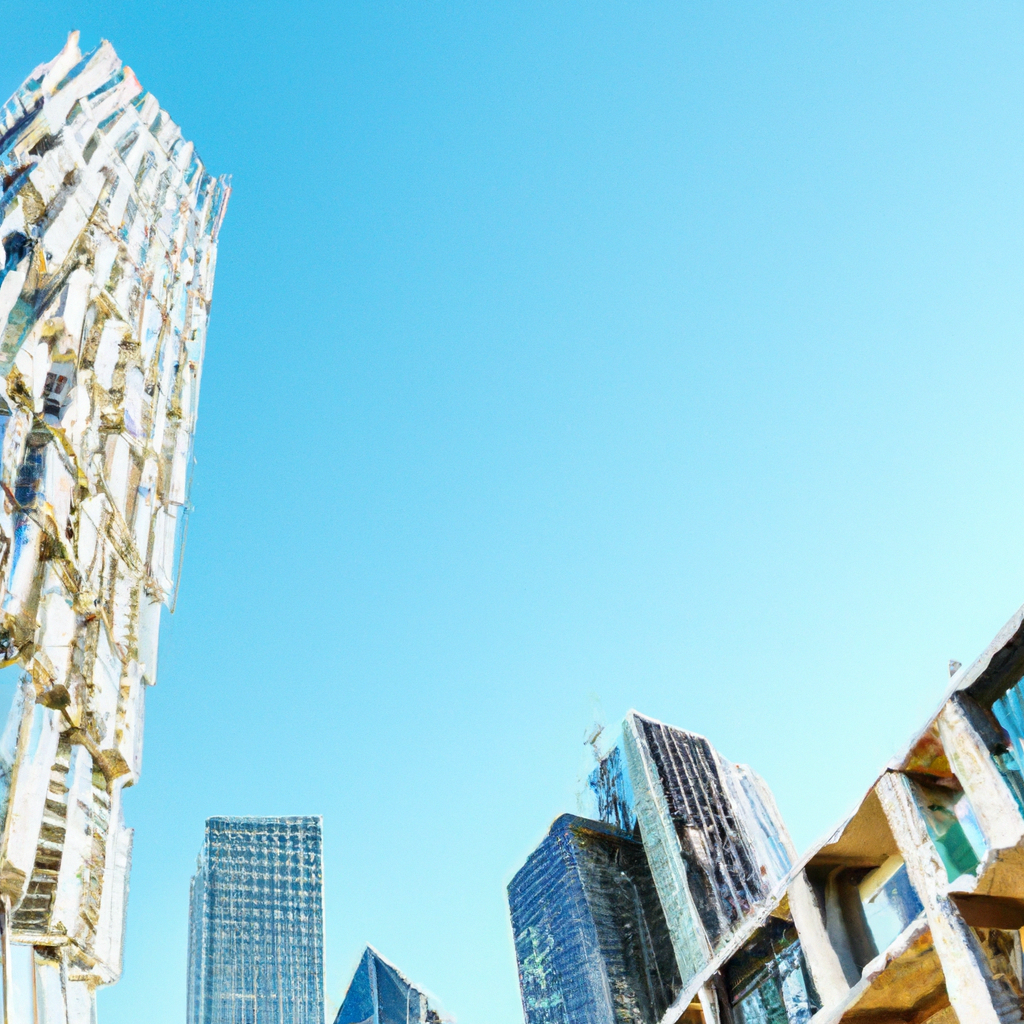Imagine a future where cities are not only sustainable but also self-sufficient. This is the vision that self-sustaining architecture aims to bring to reality. By integrating innovative techniques like rainwater harvesting, solar energy, and green roofs, self-sustaining architecture offers a solution to the challenges of urban planning and development. Through the incorporation of these sustainable features, cities can reduce their carbon footprint, enhance their resilience to climate change, and create more livable spaces for their residents. In this article, we will explore the ways in which self-sustaining architecture contributes to urban planning and development, and how it holds the key to creating cities that thrive in harmony with nature.

Check Out Our Top Eco Friendly Product Picks On Amazon Here
Enhancing Sustainability in Urban Planning and Development
In today’s rapidly urbanizing world, it is crucial to prioritize sustainability in urban planning and development. By integrating self-sustaining architecture and promoting sustainable practices, cities can create more resilient and environmentally-conscious communities. This comprehensive article will delve into the integration of self-sustaining architecture, the promotion of sustainable practices and their benefits, and the specific advantages of self-sustaining architecture in urban planning and development.
Check Out Our Top Eco Friendly Product Picks On Amazon Here
Integration of Self-Sustaining Architecture
Definition and Elements of Self-Sustaining Architecture
Self-sustaining architecture refers to the design and construction of buildings that can meet their own energy and resource needs, reducing their reliance on external systems. Such buildings incorporate various elements and technologies that enable them to generate and manage their own resources efficiently. These elements typically include renewable energy sources, water and waste management systems, and the use of green building materials and design principles.
Utilization of Renewable Energy Sources
One crucial aspect of self-sustaining architecture is the utilization of renewable energy sources. By harnessing the power of the sun, wind, or water, buildings can generate their own electricity and heat. Solar panels and wind turbines are commonly used to capture and convert renewable energy into usable forms. Integrating these technologies into building designs reduces reliance on fossil fuels, leading to reduced carbon emissions and a more sustainable energy supply.
Water and Waste Management Systems
Another key element of self-sustaining architecture is the efficient management of water and waste. Buildings can incorporate systems that collect and treat rainwater, reducing the strain on municipal water supplies and mitigating the risk of water scarcity. Additionally, implementing effective waste management strategies, such as composting and recycling, helps minimize the amount of waste sent to landfills, contributing to a more sustainable and circular economy.
Green Building Materials and Design
Self-sustaining architecture also emphasizes the use of green building materials and sustainable design principles. These materials include locally sourced and renewable resources, such as bamboo or recycled materials like reclaimed wood and plastic. Incorporating energy-efficient design features, such as proper insulation, natural lighting, and ventilation, further enhances the sustainability of buildings. By minimizing the environmental impact of construction and maximizing energy efficiency, self-sustaining architecture ensures a greener and more sustainable urban environment.

Promotion of Sustainable Practices and Benefits
Reduced Energy Consumption and Carbon Emissions
One of the primary benefits of self-sustaining architecture is the significant reduction in energy consumption and carbon emissions. Buildings that generate their own renewable energy require less energy from external sources, resulting in a lower carbon footprint. By reducing reliance on fossil fuels, self-sustaining architecture plays a crucial role in mitigating the effects of climate change and transitioning towards a cleaner and more sustainable energy system.
Improved Air and Water Quality
Promoting sustainable practices in urban planning and development, including self-sustaining architecture, leads to improved air and water quality. By utilizing renewable energy sources and implementing efficient waste management systems, buildings contribute to reducing air pollutants and minimizing the release of harmful substances into water bodies. This, in turn, improves the overall health and well-being of urban residents by providing cleaner and safer living environments.
Enhanced Resilience to Climate Change
Incorporating self-sustaining architecture into urban planning and development enhances a city’s resilience to the impacts of climate change. By adopting renewable energy sources and implementing green infrastructure, buildings can withstand and adapt to extreme weather events and changing climatic conditions. This resilience helps protect not only the built environment but also the livelihoods and safety of urban communities, ultimately contributing to the long-term sustainability and viability of cities.
Creation of Green Spaces and Wildlife Habitats
Sustainable practices, including self-sustaining architecture, contribute to the creation of green spaces and wildlife habitats within urban areas. By prioritizing green building design and incorporating features like rooftop gardens, vertical greenery, and biodiversity-friendly landscaping, buildings can support the preservation of local ecosystems and provide habitats for flora and fauna. These green spaces also offer recreational areas for residents, promoting a healthier and more sustainable urban lifestyle.

Benefits of Self-Sustaining Architecture in Urban Planning and Development
Contributing to Climate Change Mitigation
Self-sustaining architecture plays a vital role in mitigating climate change by reducing greenhouse gas emissions. The utilization of renewable and clean energy sources, such as solar and wind power, helps to minimize reliance on fossil fuels, which are major contributors to carbon emissions. Additionally, the concept of net-zero or positive energy buildings, where the energy generated by the building exceeds its consumption, further supports climate change mitigation efforts by contributing surplus clean energy to the grid.
Reducing Strain on Infrastructure
Implementing self-sustaining architecture in urban planning and development reduces the strain on existing infrastructure systems. By generating their own energy and managing resources efficiently, self-sustaining buildings decrease the demand for electricity and water from external grids. This reduction in demand alleviates pressure on infrastructure networks, allowing for more reliable and sustainable provision of essential services to residents, such as electricity, water, and sanitation.
Promoting Social and Economic Development
Self-sustaining architecture contributes to social and economic development in urban areas. By integrating sustainable practices, cities can create new employment opportunities in the green construction and maintenance sectors. The shift towards sustainable buildings also improves the health and well-being of residents by providing healthier, energy-efficient, and comfortable living spaces. Furthermore, self-sustaining architecture often leads to cost savings for both residents and businesses, as energy-efficient buildings require less energy consumption, resulting in reduced utility bills and operational expenses.

Challenges and Considerations in Implementing Self-Sustaining Architecture
Implementing self-sustaining architecture in urban planning and development is not without its challenges and considerations. It requires careful attention to various factors, including financial viability, availability of resources and expertise, regulatory barriers, and community acceptance and cultural considerations.
High Upfront Costs and Long-term Financial Viability
One of the primary challenges in implementing self-sustaining architecture is the high upfront costs involved. Constructing buildings with renewable energy generation capabilities and sustainable features often requires significant investments. However, it is essential to consider the long-term financial viability of such investments. Performing life-cycle cost analyses can help demonstrate the cost-effectiveness of self-sustaining architecture by considering the savings on energy consumption and maintenance costs over the building’s lifespan.
Limited Availability of Resources and Expertise
Another hurdle in implementing self-sustaining architecture is the limited availability of resources and expertise. Some regions may lack local suppliers of green building materials or professionals with specialized knowledge of sustainable design and construction. Addressing this challenge requires establishing partnerships and networks to ensure a reliable supply chain for sustainable building materials and providing training and capacity-building opportunities for architects, engineers, and construction workers.
Regulatory and Policy Barriers
Regulatory and policy barriers can also hinder the implementation of self-sustaining architecture. Building codes and regulations may need to be updated or modified to accommodate new technologies and sustainable design practices. In some cases, outdated regulations or lack of supportive policies may discourage developers and investors from incorporating self-sustaining features into their projects. Overcoming these barriers requires collaboration between policymakers, industry professionals, and communities to develop and implement supportive regulations and policies.
Community Acceptance and Cultural Considerations
Implementing self-sustaining architecture requires considering community acceptance and cultural factors. Different communities may have varying levels of awareness and understanding of sustainable practices. Education and awareness campaigns can help build public understanding and support for self-sustaining architecture. Additionally, it is essential to adapt sustainable design to meet local needs and preferences, respecting cultural heritage and architectural styles. Engaging the community throughout the planning and development process promotes ownership and ensures that self-sustaining architecture aligns with the aspirations and values of the residents.
In conclusion, the integration of self-sustaining architecture and the promotion of sustainable practices play a crucial role in enhancing sustainability in urban planning and development. Self-sustaining architecture, with its focus on renewable energy utilization, efficient resource management, and green building design, contributes to climate change mitigation, reduces strain on infrastructure, and promotes social and economic development. However, implementing self-sustaining architecture also presents challenges, including high upfront costs, limited resources and expertise, regulatory barriers, and community acceptance. Overcoming these challenges requires collaboration, innovative solutions, and a long-term vision for more sustainable and resilient cities. By prioritizing sustainability in urban planning and development, we can create thriving communities that balance environmental responsibility with social and economic progress.




